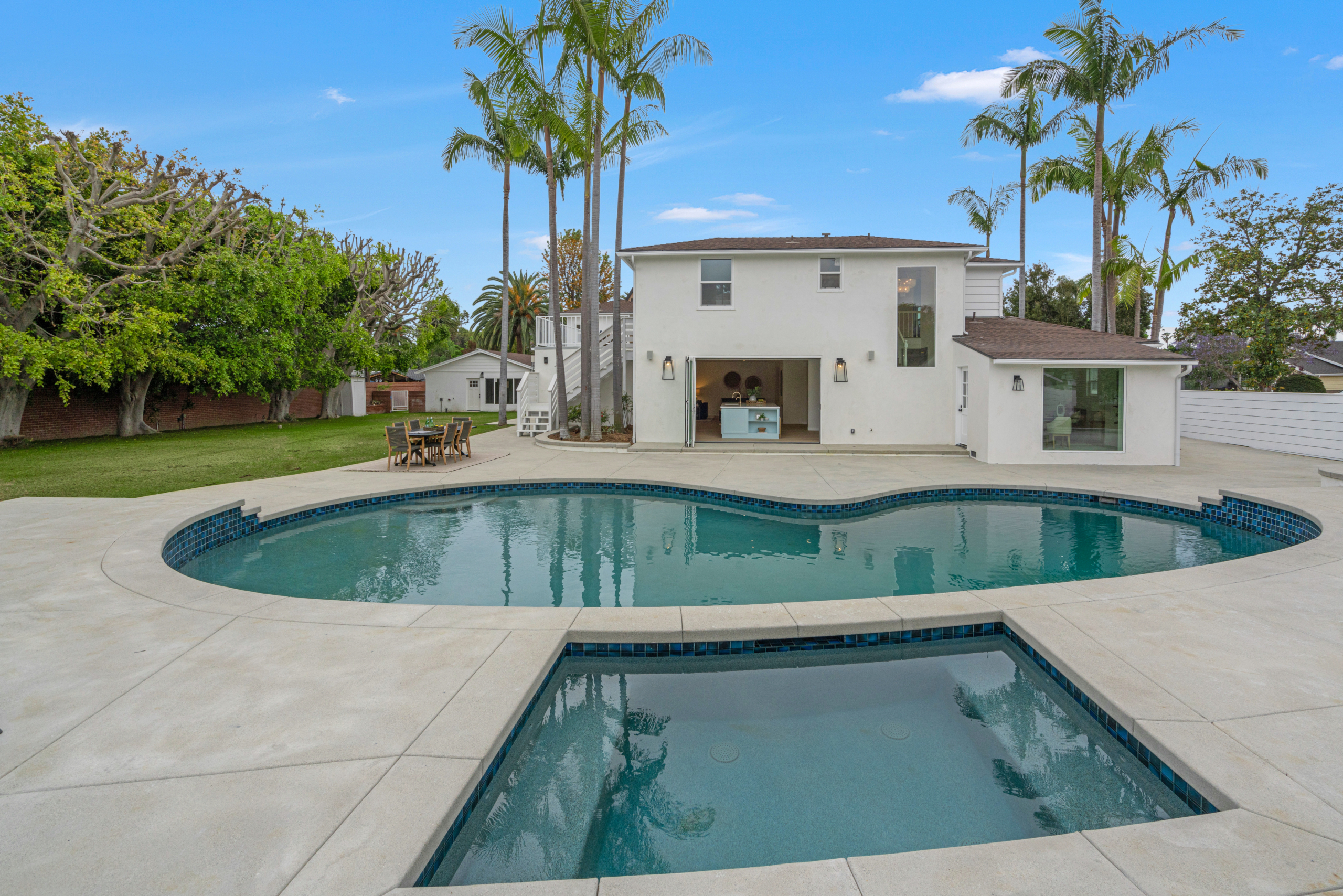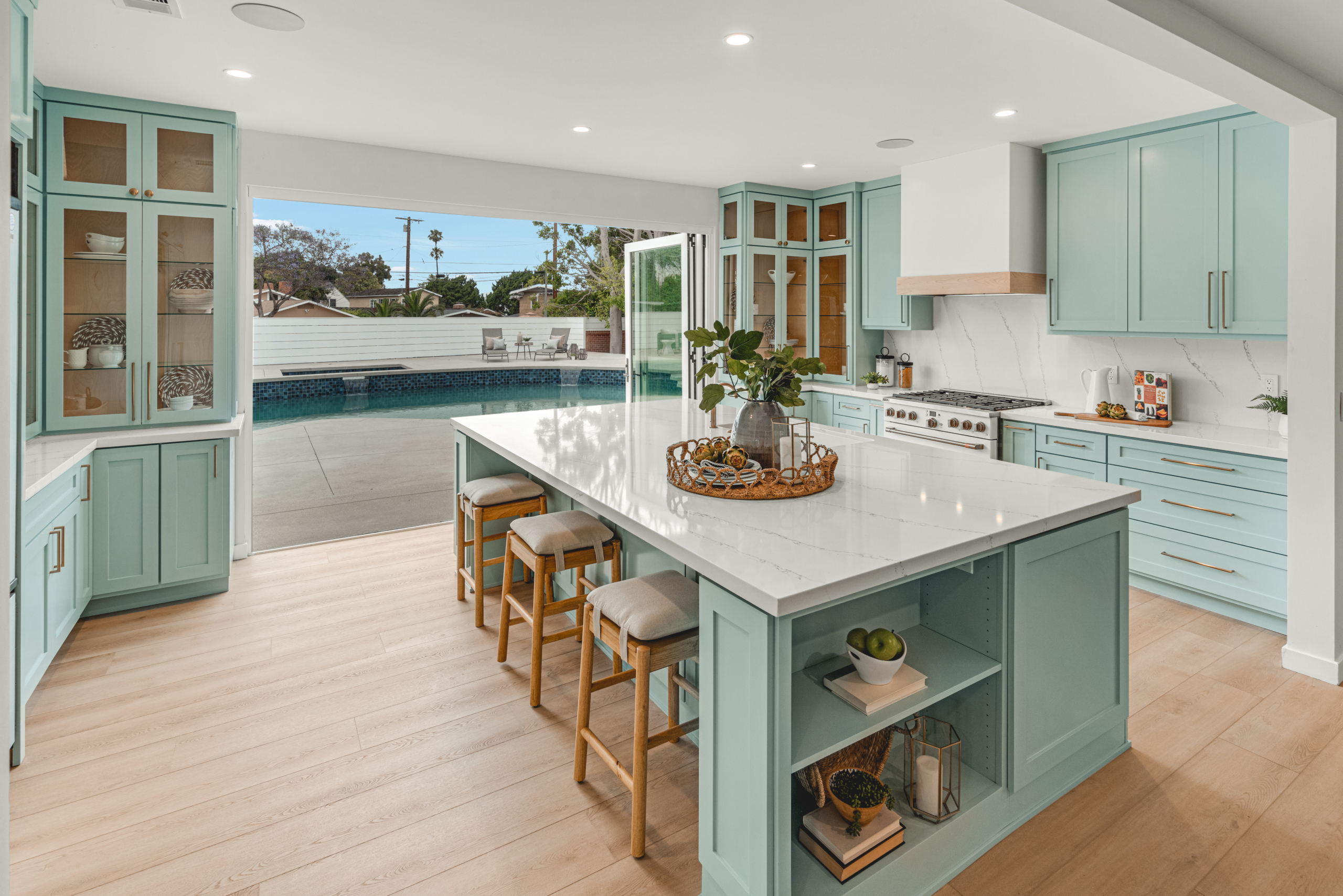Permitting Process Long Beach: Interior Remodel Guide
Navigating the Permitting Process in Long Beach, CA for Interior Projects
Planning an interior remodel or upgrade in Long Beach, CA? Whether you’re updating a kitchen, renovating a bathroom, or making changes to your home’s structure, the city requires permits for most interior construction activities to ensure safety and code compliance. Here’s a breakdown of what you need to know to navigate the permitting process smoothly.
1. When is an Interior Permit Required?
In Long Beach, permits are required for a variety of interior projects, including:
- Structural changes (e.g., removing or adding walls)
- Major system upgrades (like plumbing, electrical, and HVAC)
- Bathroom and kitchen remodels (especially when fixtures, wiring, or plumbing are altered)
Minor updates, such as painting, installing flooring, or replacing faucets, typically don’t require permits, as they don’t affect structural or safety elements. However, it’s always wise to double-check with the city if you’re unsure, especially in historic districts where additional regulations may apply.
2. Applying for Your Permit
To begin, visit the Long Beach Permit Center, located at City Hall, or schedule an appointment online. The application process varies depending on your project’s scope. Many applications, including those for simple renovations, are available as digital PDFs that you can bring on a USB drive for convenience.
Interior projects fall into different categories, which determine whether your permit will be express, over-the-counter (OTC), or require a full plan review. Simple projects, like kitchen or bathroom repairs, may qualify for express permits, which don’t require extensive review. However, complex renovations may need a full plan review, involving a longer evaluation period.
3. Over-the-Counter (OTC) Permits
OTC permits streamline the process for certain residential projects, allowing permits to be issued on the same day without a detailed plan submission. Projects like accessory dwelling units (ADUs), minor room alterations, and residential patios often qualify for OTC review. For these permits, it’s best to arrive early as wait times may vary, especially for walk-in customers.
4. Plan Review Process for Major Interior Renovations
If your project involves structural changes or significant upgrades, it will likely require a plan review. You’ll need to submit detailed plans that outline your project’s specifications, materials, and safety measures. After submission, the Permit Center reviews your plans for compliance with local codes. Once approved, you’ll receive a permit to begin construction.
The city also offers a virtual meeting option to discuss your plans and address any questions about building codes and requirements. This is particularly useful for large projects that need clarification on design elements or compliance details.
5. Scheduling Inspections and Finalizing Your Permit
Once construction begins, inspections are required to ensure each stage meets code. Inspectors will check for compliance with structural, electrical, plumbing, and mechanical codes. After completing the project, a final inspection will close the permit.
Remember, permits become void if work doesn’t start within 90 days of issuance or if there’s a lapse of 90 days during construction. This rule helps ensure that projects proceed on schedule and adhere to safety guidelines.
With these steps in mind, navigating Long Beach’s permitting process for interior projects can be straightforward. Permits not only keep your home safe but also ensure your remodel adds lasting value to your property.



